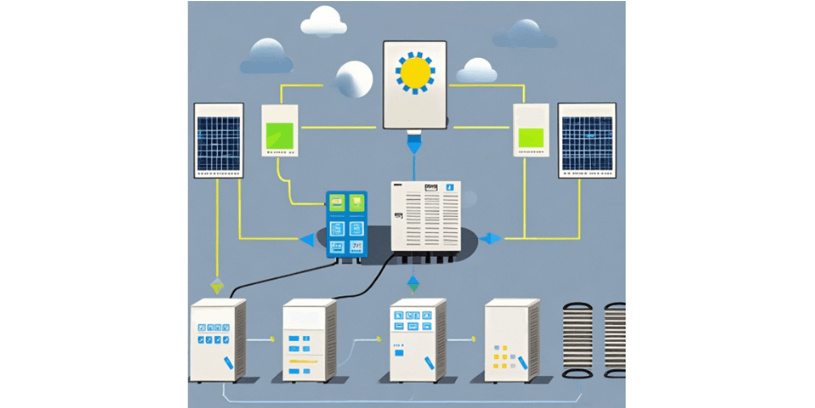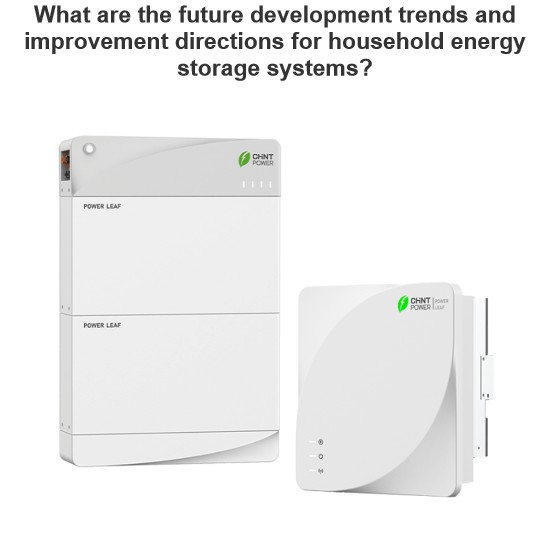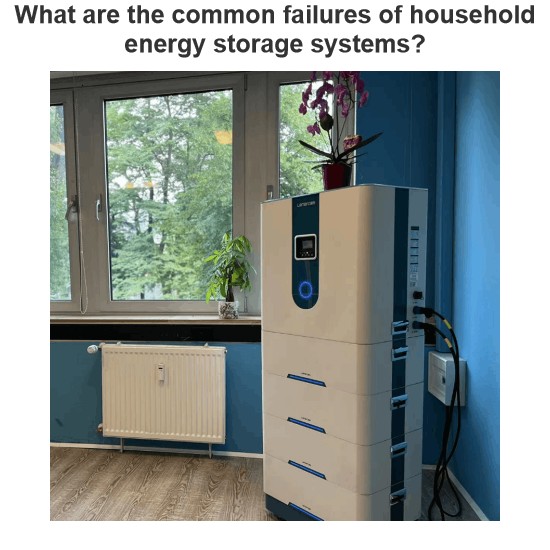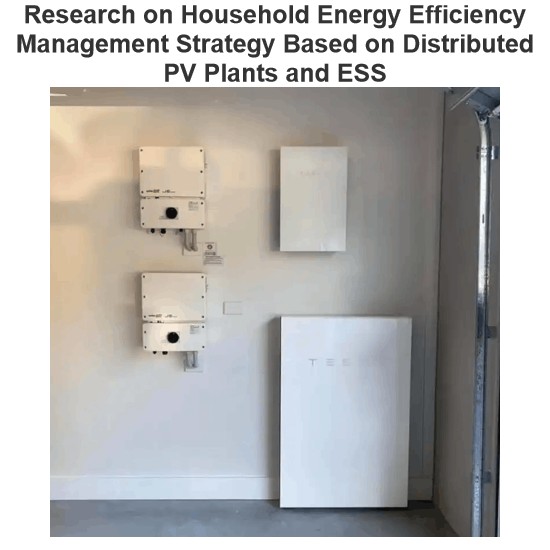Stability is paramount in household PV projects. System instability disrupts power station operation and reduces generation efficiency, necessitating rigorous installation protocols to ensure continuous performance.
Site Selection
Most rooftop PV stations require optimized support structure angles to ensure at least 30 minutes of direct sunlight daily. Solar panels should be clustered on the same support structure,with ground - mounted components strategically placed to minimize environmental interference.
Cost Analysis of PV Systems
The total cost of a PV power station includes land use considerations. For residential rooftops, typical panel dimensions are ~0.74×0.75×0.75 = 0.34 m³ (adjust formula units as needed). Roof area directly correlates with component scale and installation costs. Designers must balance panel spacing, building integration, and maintenance expenses—closer layouts increase installation fees, while ground - mounted stations incur higher construction and upkeep costs, making rooftop units more economical.Investment calculations focus on installation + maintenance costs, requiring precise cost breakdowns.Domestic PV storage systems integrate three core modules: PV generation, battery storage, and system control.
Design of PV Energy Storage Systems
(1) PV Generation Module
Converts solar energy into electricity to supplement household power needs, serving as the primary energy input.
(2) Battery Storage Module
Stores excess energy from the PV array for later use. Configurable parameters (e.g., power regulation, discharge current) enable customized solutions for diverse loads (commonly paired with household appliances).This module requires seamless communication with other devices. Designers should coordinate with users during installation; PV components often use bidirectional protocols to minimize additional hardware costs.
Economic Benefits Analysis
PV systems offer multiple advantages:
- Long lifespan (>10 years, minimal maintenance), zero emissions, and high energy density;
- Real - time monitoring and automatic regulation for safe, reliable operation;
- Direct power supply to users or grid integration without extensive storage upgrades.
These features enable optimized energy storage strategies to maximize ROI.
Conclusion
This paper presents a comprehensive design framework for PV and distributed storage systems, covering station type selection and control logic to enhance grid flexibility and reduce outages.
Key contributions include:
- Quantifying efficiency metrics through case studies of typical power stations;
- Highlighting core advantages of residential PV (high generation efficiency, strong storage capacity);
- Analyzing storage unit performance and control strategies across the project lifecycle to inform technical and economic decisions.
This research provides actionable insights for promoting household PV adoption.















